Pete Warden, for O’Reilly Radar, compares current data responsibilities with those of harbor masters from the Victorian era. Warden warns:
Specialists like us who can understand and interpret data are in a privileged position. Most people have an exaggerated respect for arguments expressed as numbers or visualizations, because they don’t understand how many assumptions and simplifications go into these creations. It’s our job to remember that and balance our enthusiasm about the power of our techniques with some humility about their limits.
In other words: You should learn statistics. You don’t have to go out and get a PhD, but it’s helpful to be able to think like a statistician, so that you know the right way to think about data.


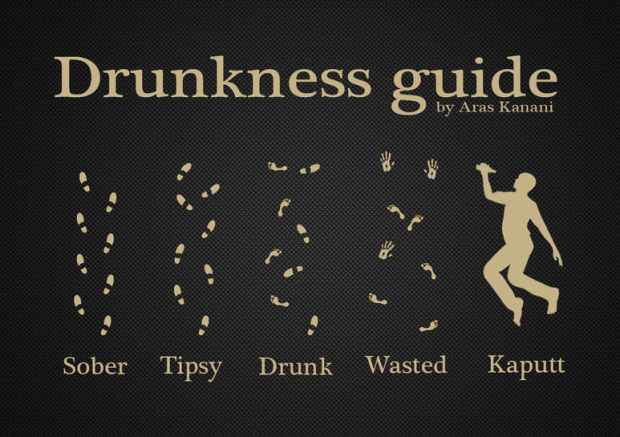
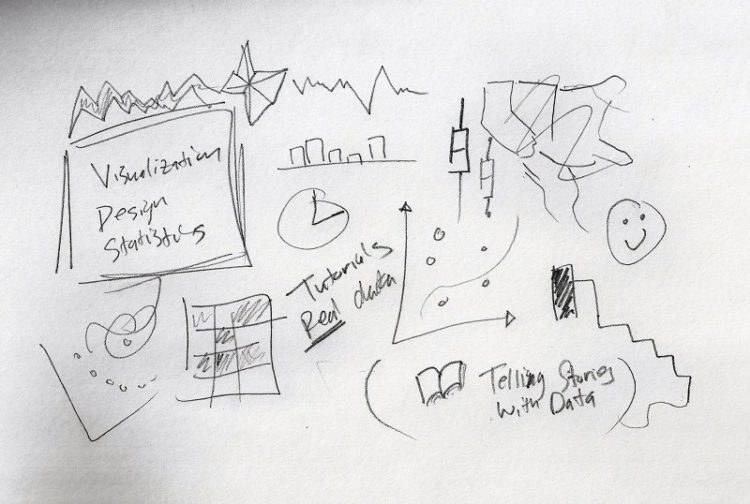

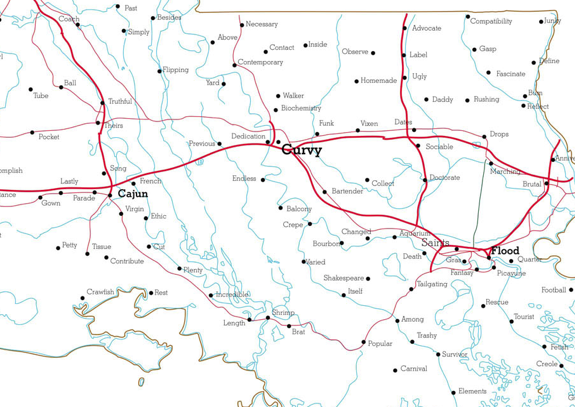

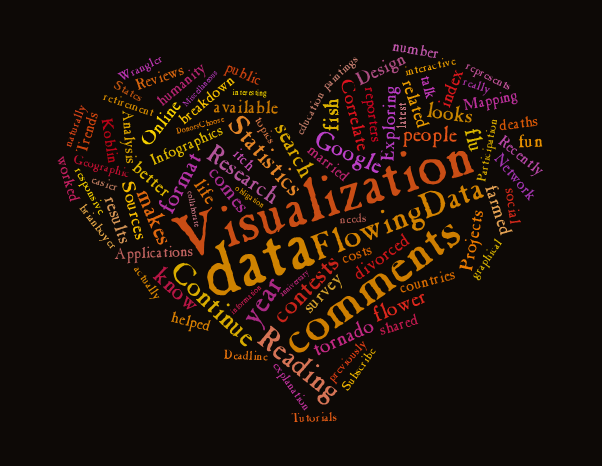
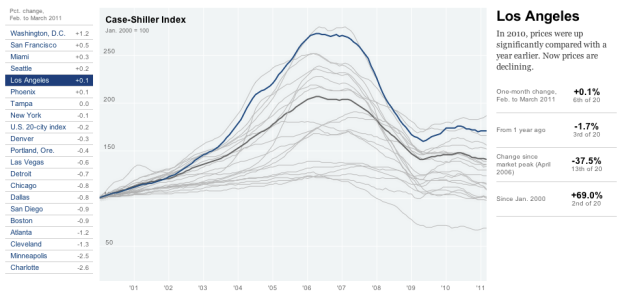



 The Pew Research churns out a lot of
The Pew Research churns out a lot of 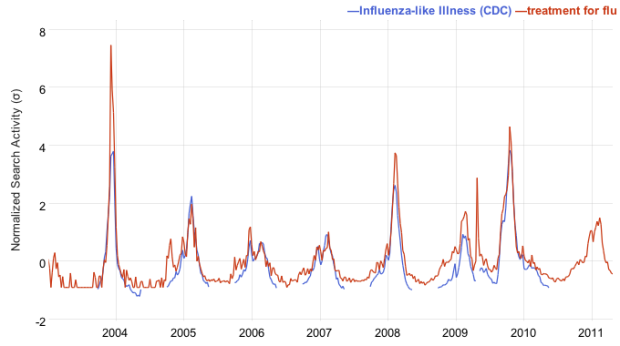

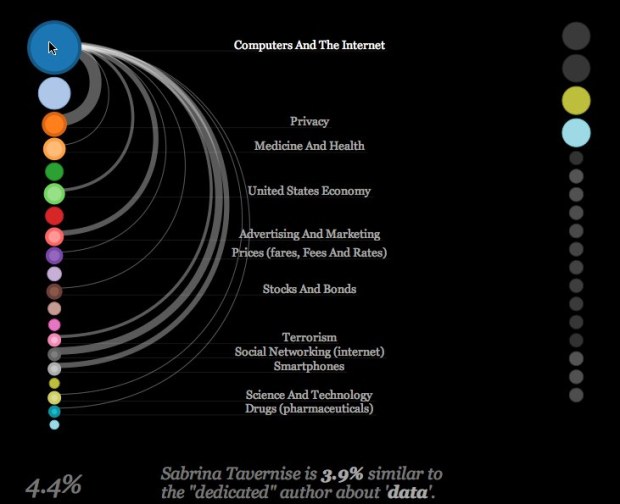
 Visualize This: The FlowingData Guide to Design, Visualization, and Statistics (2nd Edition)
Visualize This: The FlowingData Guide to Design, Visualization, and Statistics (2nd Edition)










